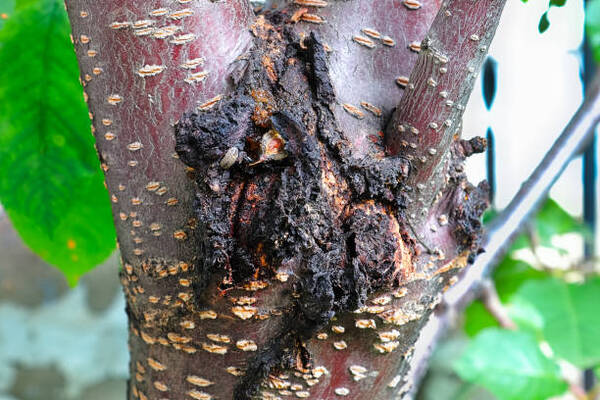- 1-905-452-8193
- Contact Us
- Member Login
- Get Listed Today
- 220,911 members

Your trees are an important part of your home and property, so it's important to keep them healthy and free from diseases. There are a few simple things you can do to help prevent diseases from happening in the first place, and to treat them if they do occur before calling a tree removal Sydney expert.
The most common tree diseases are caused by fungi. These diseases can affect any part of the tree, including the roots, trunk, branches, leaves, and fruit. Some of the most common tree diseases include Dutch elm disease, Powdery Mildew, and Oak Wilt. Trees can also be affected by pests, such as caterpillars and beetles, which can cause serious damage. In some cases, trees may need to be removed if they are diseased or damaged beyond repair.
Dutch elm disease is a fungal disease that affects elm trees. The fungus enters the tree through wounds in the bark and eventually clogs the tree's vascular system, preventing water and nutrients from reaching the leaves. Dutch elm disease can kill a tree within two years of infection.
Oak wilt is a fungal disease that affects oak trees. The fungus spreads through the roots of infected trees and clogs the tree's vascular system, preventing water and nutrients from reaching the leaves. Oak wilt can kill a tree within a few months of infection.
Powdery mildew is a fungal disease that affects a variety of trees, including elm, oak, and maple. The fungus covers the leaves of the tree with a white, powdery mould, which can cause the leaves to turn yellow and eventually drop off. While powdery mildew is not deadly to trees, it can cause them stress and make them more susceptible to other diseases.
Prevent diseases from infecting your trees with the following tips.
Choose the right tree for the right spot.
When you're planting a new tree, make sure you choose one that is suitable for the location. Consider the amount of sun and shade, the type of soil, and the amount of space you have.
Plant properly.
Be sure to dig a hole that is twice as wide as the root ball, and backfill with loose soil to allow for good drainage. Avoid adding amendments to the soil, such as fertilizers, that can harm the roots.
Water properly.
Trees need deep watering about once a week during the growing season. water slowly so that the roots have time to soak up the moisture.
Prune properly.
Pruning should be done in late winter or early spring, before new growth begins. Remove dead, diseased, or damaged branches, and thin out overcrowded areas to allow for better air circulation.
Inspect your trees regularly.
Look for signs of disease, such as discoloured leaves, wilting, unusual growth patterns, and dieback. If you see anything suspicious, contact a certified arborist or tree care specialist for diagnosis and treatment options.
Don't overdo it with chemicals.
The use of herbicides, insecticides, and other chemicals can harm trees and make them more susceptible to disease. Use these products only when necessary, and always follow the directions carefully.
Be careful with lawn care.
Mowing or string trimming too close to the trunk can damage the bark, which can lead to disease. If you must use a lawn mower or trimmer near trees, be extra careful not to hit the trunk.
Protect your trees from construction damage.
During any type of construction work on your property, be sure to protect tree roots from compaction and damage from heavy equipment.
Avoid mechanical injury.
Cars, trucks, and other vehicles can damage tree bark and roots. Be especially careful when driving on unpaved surfaces near trees.
Manage stress factors.
Drought, flooding, poor drainage, compacted soil, and other stress factors can make trees more susceptible to disease. Minimize these stressors as much as possible to help keep your trees healthy.
Know your pests.
Some insects and animals can carry diseases that can infect trees. Keep an eye out for signs of infestation, such as holes in leaves or branches, and call a pest control specialist if you see anything suspicious.
Call in the professionals.
When in doubt, always err on the side of caution and contact a certified arborist or tree care specialist. They can help you diagnose problems, recommend treatments, and take steps to prevent future diseases.
